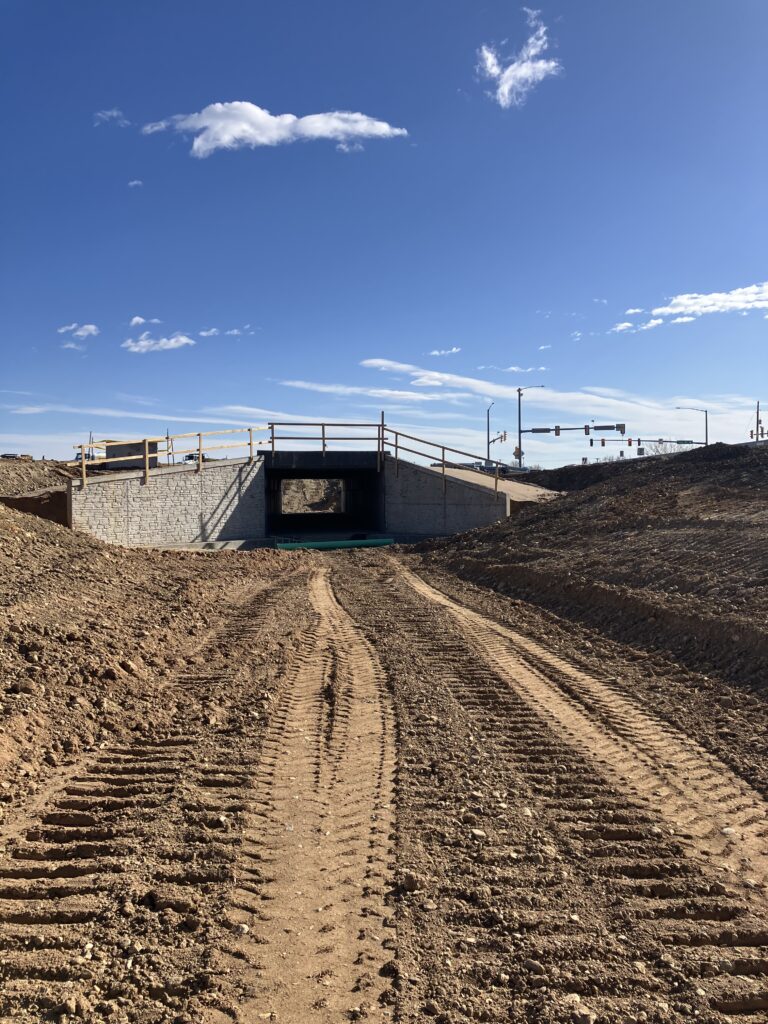CDOT is updating its Statewide Transportation Plan as part of the public process that governs the plan’s development. One can learn more here.
Transportation is complex if not complicated and this case is no exception. One of the challenges that C4C encounters is the sheer number of plans that exist including a 2050 Plan, The Governor’s 2035 Transportation Vision, The 10 Year Plan, Regional 10 Year Plans, The State Transportation Improvement Plan, The Highway Safety Improvement Plan, the Active Transportation Plan, and the Strategic Transportation Safety Plan.
C4C supports CDOT’s Statewide Transportation Plan and its governing principles of mobility, safety, and asset management.
For C4C, that means the following. Asset management is maintenance. That consists of paying for the system we already have and reconciling that system’s costs with its funding.
Safety is evidence based interventions where the data indicates the need. More and more, crash data is showing us where the problems are. Engineering standards give us empirical ways to fix those problems.
Mobility is the path forward and how to fix problems in the first place. It’s a matter of planning standards and design guidelines. The way to understand this is that right-of-way is the system of public lands used for connecting communities. The design-use of right-of-way determines outcomes. How we use right-of-way causes what happens.
C4C’s proposal is that CDOT adapt and scale its partnership with Boulder County on the execution of Boulder County’s Transportation Master Plan and its network multi-modal design standards. Instead of using right-of-way solely for roadways, Boulder County is creating desired outcomes by designing right-of-way that has safe roadways, transit in the form of appealing bus service, bike-ped facilities that are comfortable and connected on a network level, and–eventually–connections to rail service. In some cases, Boulder County will even install wildlife over- or underpasses to connect habitat areas. In sum, this is a leading standard for mobility, safety, and comfort for all.
Colorado has diverse transportation planning regions and not all of them will be the same. In many cases, there will need to be a network complement in the planning and design. For example, building a bike lane on an interstate makes no sense. The question is where are the other mobility choices in that travel area and how do they work together?
By adapting and then scaling such planning standards and design guidelines, the broad and deep benefits of mobility, safety, and comfort are shared to all Coloradans.
This is not abstract. The current $165 million construction on Highway 119 The Diagonal between Boulder and Longmont is a demonstration of what’s possible. The project will improve safety outcomes. It shows how to transform right-of-way into diverse means for transportation. Colorado and Boulder County are special places and the design here attempts to build not mediocrity but, rather, something great that facilitates full human lives for residents. For C4C’s main constituency, it preserves or protects cycling as a great way of life in Boulder County.

Construction on Highway 119: Bikes go under, autos go over, and zero killed and seriously injured is the result. It starts with planning and design.


